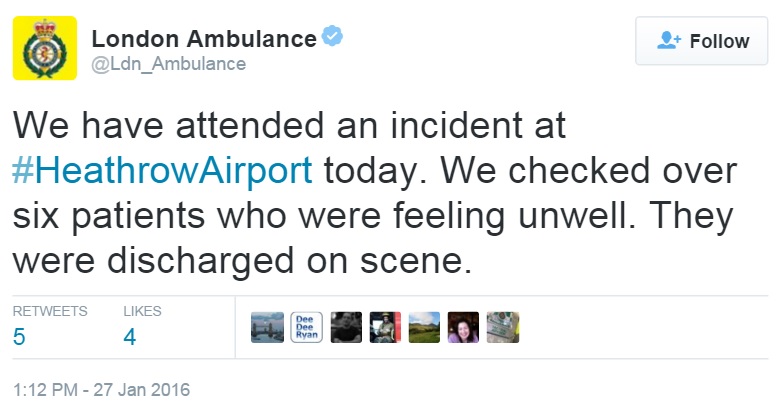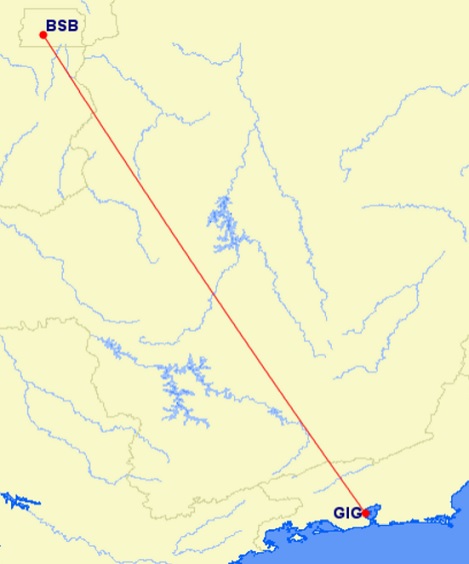Wednesday’s American Airlines flight 109 from London to Los Angeles turned back while over Iceland when a couple of passengers and several flight attendants reported feeling lightheaded.
American returned to London where they have significant staff, mechanical, and crew resources rather than diverting to a closer airport — which bore out as the correct choice given that people on the flight were evaluated on the scene but did not require medical treatment.

The cause of the incident remains unknown at this point.
Then on Thursday a Rio – Miami flight also diverted (to Brasilia) after one passenger and three flight attendants complained of lightheadedness.

The extra attention these incidents are getting is because:
- They are similar complaints in a short timespan, lightheadedness and affecting more crew than passengers (although affecting both).
- On the same aircraft (although in one case a -300ER and in another case a -200).
We don’t know the cause. There’s speculation of fuel leak causing fumes in the cabin. But it could be an illness spreading via crew (who are in greater contact with each other).
While this is serious, and it’s being investigated seriously, it’s also important to keep perspective.
- We’ve seen reports of issues on two flights involving different variants of the 777.
- American has 47 Boeing 777-200s and 18 Boeing 777-300s.
- Those 65 aircraft effectively fly every day, most fly more than one a day.
So they’ve experienced problems on far less than 1% of their Boeing 777 flights during the past week alone. Meanwhile incidents happen every day.
On Wednesday, United’s San Francisco – Beijing flight experienced engine problems near Ketchikan. Pilots made the decision to turn back to San Francisco, and in the meantime had to shut down the number 3 engine on the Boeing 747. Passengers made the 3 hour trip to San Francisco, were put on a replacement aircraft, and wound up in Beijing nearly 10 hours late.
On Friday, a Japan Airlines Boeing 777 operating a domestic flight rejected takeoff when its left engine “emitted a couple of bangs and streaks of flames.”
Also on Friday a Japan Airlines 787 flying from Vancouver to Tokyo Narita had engine trouble and crew shut down the right engine. They were only 150 nautical miles from Narita airport so they began their descent and landed safely.
On Monday a JetBlue Airbus A320 from Orlando to New York JFK suffered a bird strike. They burned fuel for 40 minutes and then returned to Orlando 45 minutes after departure.
Incidents happen constantly, and passengers are safe nearly every time. When they aren’t fine, it makes huge national news even when the aircraft at issue is from the other side of the world on a carrier that doesn’t even serve the United States. Because it’s so rare.
Fortunately in these cases the health concerns haven’t been serious. So since a couple of readers asked, I wouldn’t be avoiding either aircraft type at this point. I also wouldn’t speculate too aggressively on the cause given the limited set of facts. We’ll find out when we find out and in the meantime continue to fly knowing that precautions are taken. Remember, airline service is so bad precisely because safety is taken so seriously.


Flying can be fun until the projectile vomiting hits the ceiling.
American Airlines has more than 10 777-300ER aircraft…I think they’re up to 18 now.
Yes that’s correct
Is this blog a news regurgitation site or the home of thought leadership?
Legacy USAIR had issues last yr with a couple / few flights out of MXP being diverted for similar reasons. Those were A330s so different metal but interesting that those were close in occurrence too.